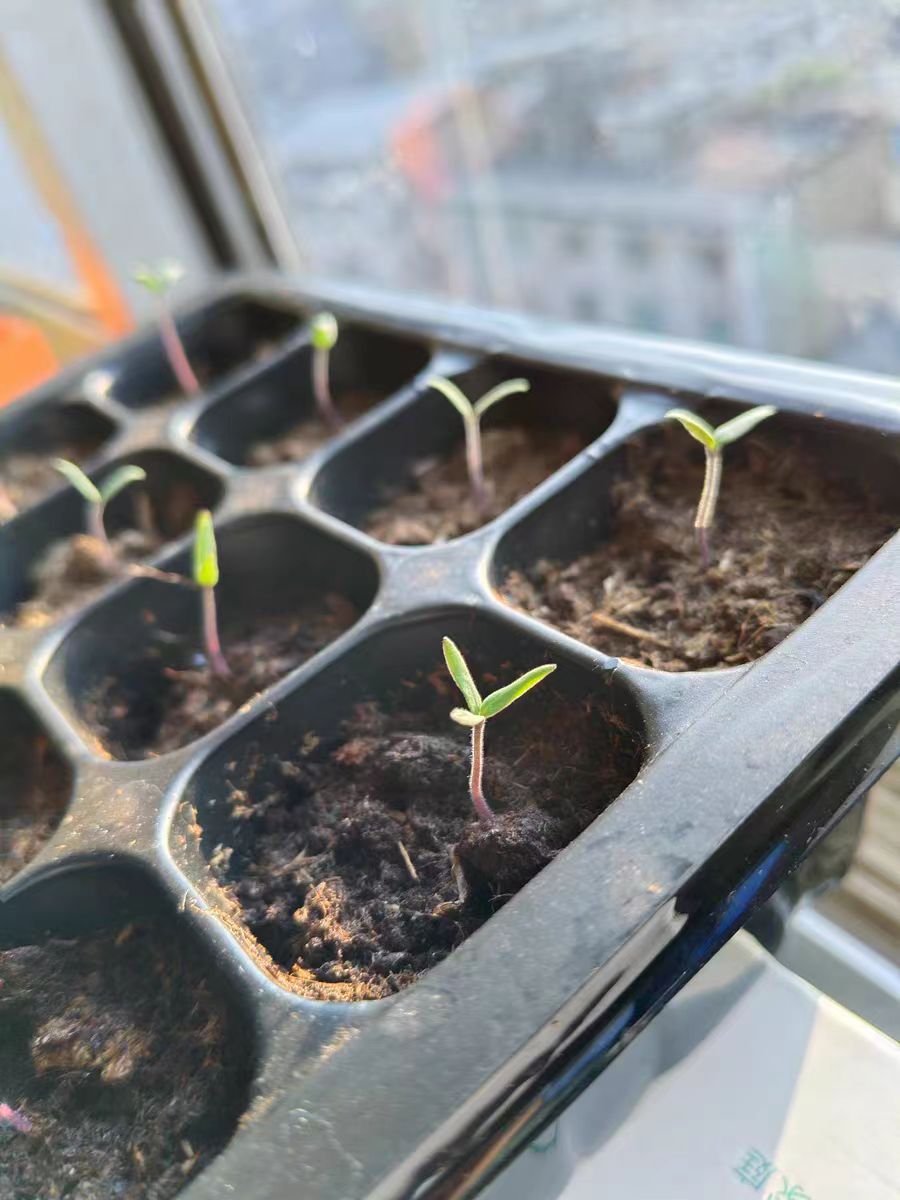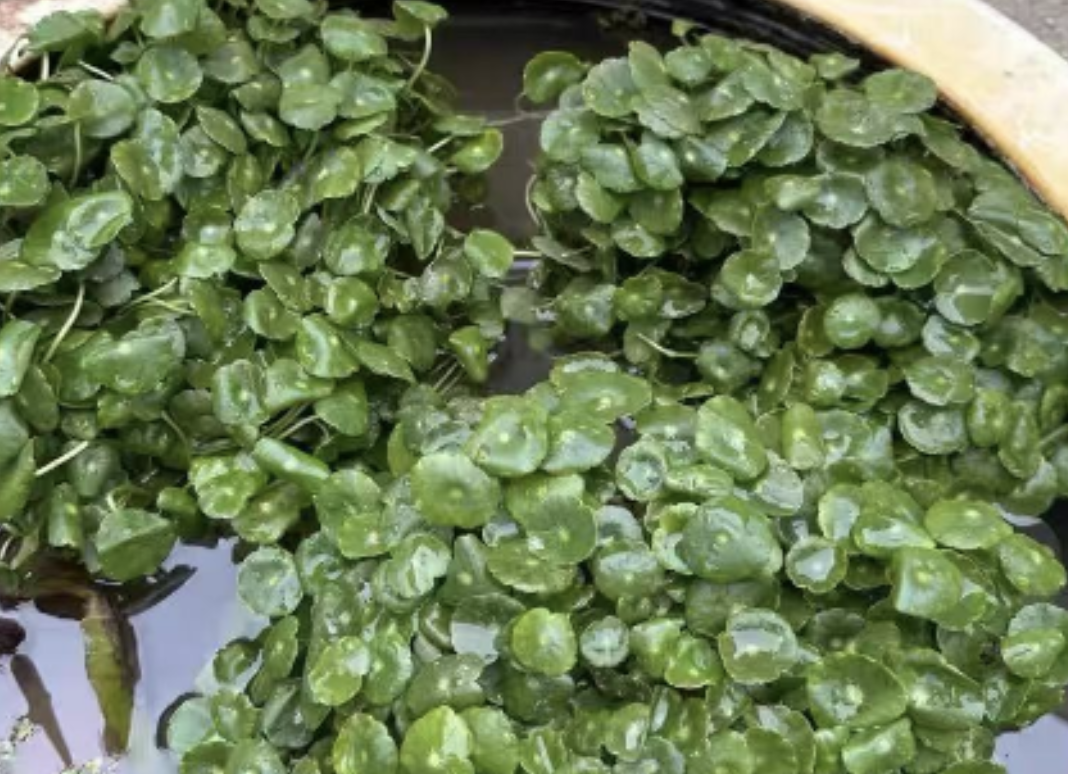When we usually plant tomatoes, the most concerning thing is when the seeds will germinate. Generally, as long as the environment is suitable, tomato seeds can sprout small buds within 5 to 10 days. However, the specific germination time varies and is affected by many factors, which we will elaborate on below.
Let’s first talk about the germination process under normal circumstances. If the seeds are sown directly without special treatment, in an ideal environment, the seeds will absorb water and gradually swell in the first few days, and the outer seed coat will also soften. After a few more days, the radicle will break through the seed coat and grow the initial root system. A few days later, the cotyledons will unfold, and at this point, a complete tomato seedling will emerge.
What factors affect the germination of tomato seeds? First, temperature is a crucial factor. Tomato seeds prefer a warm environment, and under such temperatures, the seeds grow fastest, generally emerging within 5 to 7 days. If the temperature is low and the weather is cold, the germination speed will significantly slow down, possibly taking 10 to 15 days or even longer to germinate. However, excessively high temperatures are also unsuitable—when the weather is too hot, the seeds respire too vigorously, making them prone to rotting, and the germination rate will drop significantly.
Pre-sowing seed treatments can also accelerate germination. For example, soaking seeds in warm water not only sterilizes them but also allows the seeds to absorb sufficient water. After soaking for a period, the germination time can be advanced by a few days. There is also the sprouting treatment: wrap the soaked seeds in a damp gauze, place them in a warm area, rinse them with warm water once a day, and after a few days, the seeds will show white tips (radicle emergence). Sowing at this point will result in seedlings emerging after a few days.
Soil moisture is also critical. Seeds require a moist environment to germinate, but the soil should neither be too dry nor too wet. Suitable soil moisture is when the soil can form a ball when pinched by hand and does not fall apart when released. If the soil is too dry, the seeds cannot absorb enough water, and germination will stall; if too wet, the soil lacks sufficient air, and the seeds are prone to rotting.
Soil texture also affects germination—loose and breathable soil is more suitable for seed germination. We can prepare nutrient soil by mixing leaf mold, garden soil, and well-rotted organic fertilizer, which is ideal for tomato seed growth. If the soil is sticky and hard, adding river sand or perlite can make it looser. Otherwise, compacted soil will make it difficult for seeds to emerge.
If no germination occurs within 15 days after sowing, do not panic—first identify the cause. It may be a problem with the seeds: tomato seeds lose viability after being stored for too long, so check if expired seeds were used or if high-quality seeds were purchased from regular channels. It may also be due to poor environmental control—measure whether the seedbed temperature is adequate and check if watering is excessive or insufficient. Sowing depth is also important: do not bury the seeds too deep or too shallow, as this can make it difficult for seeds to emerge or cause them to dry out easily.
Finally, here are some planting tips. For spring open-field sowing, wait until the weather is warm and stable. For autumn sowing, use shade nets to cool the area. When (raising seedlings), use seedling trays or nutrient pots, as this makes it easier to control temperature and humidity, ensuring uniform germination. After sowing, cover with a thin layer of soil and lay plastic film to retain warmth and moisture. Once seedlings emerge, promptly remove the film for ventilation to help the young plants grow strong.
By mastering these key factors, we can ensure that tomato seeds germinate faster and more uniformly, laying a good foundation for future growth. Whether planting at home for fun or engaging in professional cultivation, these methods can help tomato seedlings emerge quickly and healthily.
Can tomatoes be grown from tomato seeds?

Share with
Tagged in :




Leave a Reply